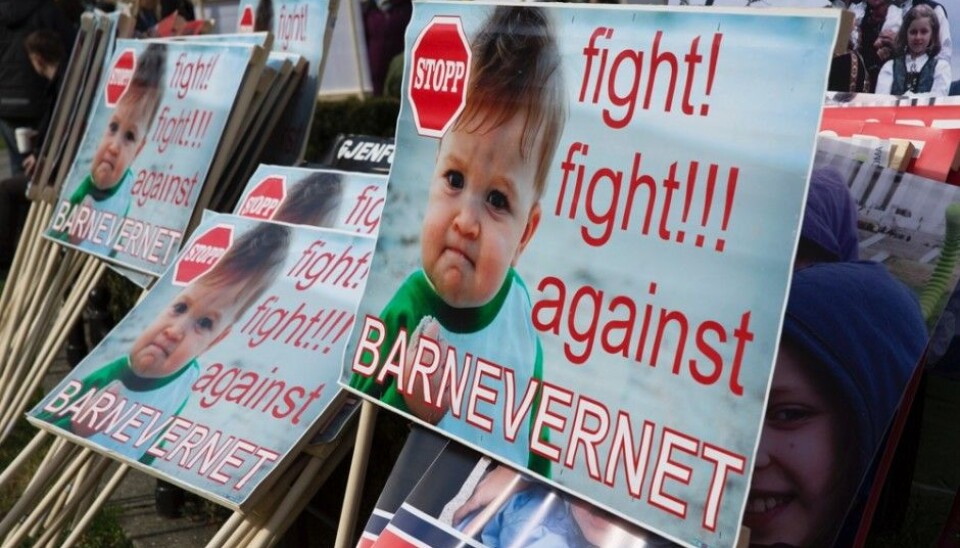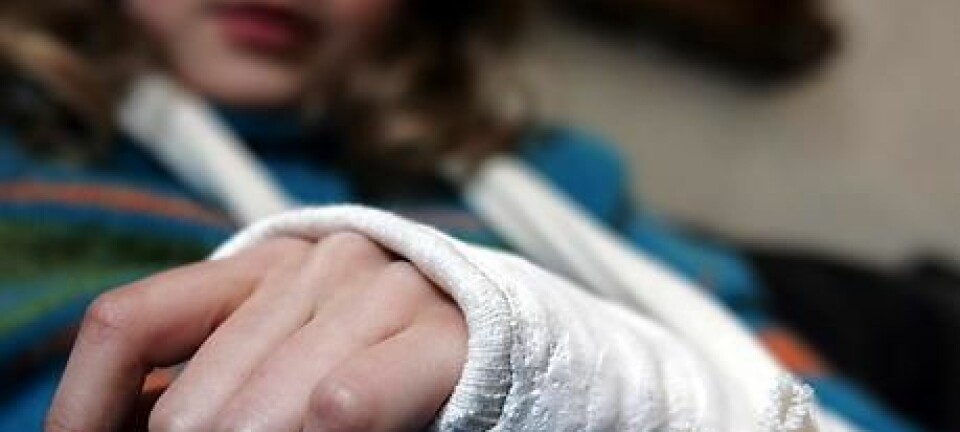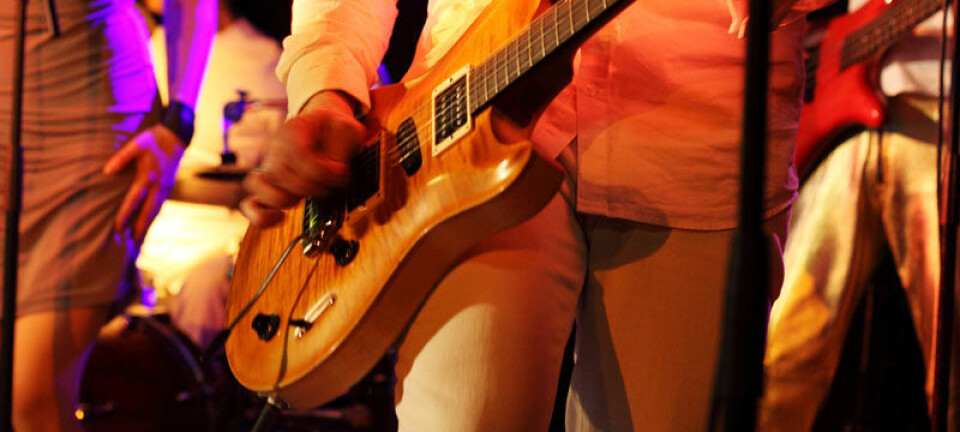
Protests mount against Norwegian Child Welfare Service
Researchers are working to understand why Norway’s child protective services sometimes resort to the dramatic step of taking a child from its mother right after birth.
Several thousand activists have been demonstrating against the Norwegian Child Welfare Service (Barnevernet), both in Norway and worldwide.
The European Court of Human Rights (ECHR) now has a number of Norwegian child welfare cases on the docket waiting to be heard.
And in 2016, Czech President Miloš Zeman went so far as to compare Barnevernet with Nazi Germany.
Norway’s child welfare system and its fundamental values are under fierce attack.
Important to know more
Marit Skivenes, a professor at the University of Bergen (UiB), says that may not be so surprising. The Barnevernet interventions have been huge. Going in and removing a child has big consequences.
She believes it’s important to know more about what lies behind these dramatic actions.
Ida Juhasz recently embarked upon a doctorate to review all Norwegian care order decisions from 2012 through 2016. She is one of the UiB researchers delving into actual care order protection cases to see how the child welfare authorities justified them.
The data focuses on interim care order decisions for newborns who were still in hospital and hadn’t yet moved home with their parents.
A quarter of parents agreed
Juhasz initially examined 58 cases from 2015 and 2016. She recently shared her preliminary results with a seminar audience in Oslo, under the auspices of the Research Council of Norway.
A care order decision was taken in 91 per cent of these cases. The County Social Welfare Board acts as a tribunal and makes the determination in such cases.
The average age of the children was 3.5 months old when care orders were granted.
In 27 per cent of the cases, parents agreed to placing the child in foster care.
Mental health given as main reason
Juhasz started by looking at the mothers’ backgrounds and found several reasons for children’s removal.
The cases are often complex, she says, but one issue surfaced more prominently than the others.
"In 71 per cent of the cases, concern about the mother's mental health was the main reason for granting a care order where one or more diagnoses were established,” she says.
Drug abuse turned out to be less of a reason for children being in care than Juhasz imagined. In 73 percent of the cases, the mother's drug issue was not the main problem.
In half of the cases, children were born healthy and had no visible signs of being exposed to substance abuse in utero.
Juhasz will also look into fathers’ backgrounds later in her research.
Cognitive limitations
In 40 per cent of the cases, the mother’s cognitive limitations posed the greatest concern for child welfare workers.
“Reports state that the mother’s skill level is well below normal functioning,” says Juhasz. The limitations may involve extensive learning difficulties or mild to moderate developmental disabilities.
Often history with child welfare service runs deep
The researcher has also considered parents’ previous history with Barnevernet.
In 55 per cent of the cases, parents had previously lost care of a child. The mother also had her own child welfare background in 47 per cent of the cases, having received either support services or placement in a child welfare institution.
Strasbourg emphasizing children's rights
The European Court of Human Rights has taken up nine Norwegian child welfare cases. Just before Christmas the ECHR delivered its first judgment.
Skivenes recently received a European scholarship to investigate the quality of the assessment done when Barnevernet removes children from their parents.
She has studied the judgment and sees a new pattern emerging in the Strasbourg court cases.
"Human rights have generally only addressed adults. Now more emphasis is being placed on children’s rights and the UN Convention on the Rights of the Child," she says.
The recent ECHR judgment is an example of this shift, she believes.
Vulnerable mother
A mother had her newborn taken from her in 2008. The boy is now nine years old and has lived with his adoptive family since he was three weeks old.
Skivenes says that the birthmother contacted Barnevernet when she was six months pregnant. When the boy was born, mother and child moved into a parent-child institution.
"The mother was vulnerable and needed care. She took little notice of her baby or of his need for food and care. After three weeks she wanted to move from the family centre with her child. Child welfare authorities believed this would put the baby at risk and placed him in a foster home.
Roots severed or safety secured?
The birthmother sent a complaint to the EHRC in 2013 after she had appealed the adoption to the District Court.
Norway prevailed in the EHRC suit.
But the verdict was not without dissent, says Skivenes.
“A minority of the judges argued that the adoption was a violation of human rights. They believed that the adoption would sever the child’s biological roots and that this was not in the child's best interest,” she says.
According to Skivenes, this argument is based on the adults' perspective. The rights and interests of the child aren’t mentioned.
This view is in stark contrast to how the majority of the judges argued in the case.
The foster parents are the child's actual and psychological parents, these judges argue. They believe that the boy has an independent interest in not changing his family situation. He is vulnerable and needs security and predictability. An adoption would strengthen his ties to his foster parents and give him increased security.
"We’re seeing that the court is considering the child's perspective more in these cases. It's a good development,” believes Skivenes.
Translated by: Ingrid P. Nuse
——————————————————-
Read the Norwegian version of this article at forskning.no.














